For the first time since 1998, McLaren is the F1 constructors' champion, completing a remarkable rise from back-marker just seven years ago to conquering the summit.
The speed of the turnaround under CEO Zak Brown from those dark days towards the end of the 2010s to landing a ninth constructors' crown has been remarkable, especially when you consider the fact McLaren had only one race win in the previous 12 years going into the 2024 campaign.
It was not an easy romp to the title, overcoming the fast start of Red Bull and Max Verstappen before repealing the late Ferrari surge that eventually saw it over the line by just 14 points.
Driver relationships, papaya rules and flexi-wings were backdrops to the season, and the car is still not perfect, as Lando Norris would attest, but some 26 years on from Mika Hakkinen and David Coulthard landing the title with the MP4-13, the MCL38 again has McLaren sitting on a lofty perch.
But the story from the earliest days of the turbo hybrid era to title success was a long, painful and humbling one for F1's second-most successful team.
This is that story.
Viewed by others:
GP2 engines
Melbourne, Australia, March 2014.
The first race of F1's new turbo hybrid era has finished and Daniel Ricciardo has been disqualified from second place, leaving McLaren pair Kevin Magnussen and Jenson Button with a two-three result.
The 33 points hauled puts McLaren top of the constructors' championship and marks a good response to the poor 2013 campaign in which Button and Sergio Perez failed to land a podium finish after the team wrongly opted to go for revolution with the MP4-28 in the final year of the V8 engines as opposed to the evolution of its rivals.
But what McLaren did not know, and what it could not know, was that this would be its last podium finish for 119 races, or five-and-a-half years until Carlos Sainz's third place in the 2019 Brazilian Grand Prix.
McLaren could not keep up with the development race in 2014, and finished fifth, just 26 points ahead of Force India, also a Mercedes-customer unit. During the year, it was announced that the iconic McLaren-Honda partnership would be renewed for 2015 - the Japanese manufacturer being enticed back by the turbo-hybrid rules.
The catalyst for this decision to trade class-leading Mercedes units for untried Honda ones was simple: Ron Dennis.
Dennis had ousted his trusted lieutenant Martin Whitmarsh, re-installing himself as boss and firmly believed that a customer team could not challenge a works outfit for the world championship.
On the eve of the Japanese Grand Prix that year, Dennis sat down with Sky Sports F1's Martin Brundle to discuss the looming McLaren-Honda deal.
One statement in particular stood out. "It is just mind-blowing," Dennis claimed. "The engine is a piece of jewellery and the competitiveness of the engine will be without question, for 2015."
In one sense, Dennis was correct. The engine was "mind-blowing" but not in the way he, Button or the returning Fernando Alonso could ever have imagined.
Alonso's return to McLaren in itself was a stunning development after the explosive fallout from 'Spygate' in 2007, although it was rather a marriage of convenience for both parties.
Alonso has always been a canny political operator, and after a dreadful season of woeful reliability, including a total of 105 places of grid penalties for himself and Button in Belgium that left the pair starting somewhere closer to Germany than pole position, he finally snapped.
With Honda's top brass watching on and listening in, Alonso lashed out over the radio during the Japanese GP at Suzuka after being passed by Max Verstappen's Toro Rosso. "GP2 engine! GP2! Arghhhh!!" he cried.
In a season in which he scored just 11 points and had seven DNFs whilst watching old rival Sebastian Vettel score three wins in a rejuvenated Ferrari he snookered himself out of, it summed things up.
There was a middling 2016 before yet more disaster struck in '17, with the Honda power unit again failing as McLaren exercised a break in the contract for '18. But the scars of that "GP2 engine" barb, in Japan of all places, should not be underestimated.
Chocolate frogs
Throughout the troubled Honda years, a common comment associated with McLaren was that its chassis was excellent and it was only the Honda power letting the package down.
That may have been true, or more likely, as the car would be slower into the corners, the handling would be better, allowing the drivers better results in places like Monaco, Singapore or Hungary.
This illusion was shattered after Renault units were bolted into the space vacated by Honda.
By 2018, McLaren had changed - and not for the better. Dennis was ousted in 2017 after falling out with long-time partner Mansour Ojjeh, with American Brown brought in as new CEO with the team on its knees.
Its 2018 machine, badged the MCL33 after the MP4-X designation was dropped after Dennis left, was bare of sponsors, most of whom had fled to rival teams, including Tag Heuer to Red Bull.
The car was a midfield runner, but was dreadfully slow, with just 40 points on the board by the time of the French Grand Prix - the home race of racing director Eric Boullier.
In the build-up to the race, it was reported by the Daily Mail that the atmosphere within the team was "toxic", and with staff reportedly being handed out 25p Freddo chocolate frogs as rewards for producing upgrade packages.
It led to an astonishing scene in the team principal's press conference where Boullier had an argument with the journalist who broke the story, Jonathan McEvoy, before the FIA's head of press Matteo Bonciani stepped in.
Freddo-gate as it was unimaginatively dubbed, became the albatross around Boullier's neck, and 13 days later, he resigned as racing director, with one Andrea Stella moving up to performance director in the re-jigged structure.
This was the first step in rebuilding McLaren.
For 2019, Alonso was off, fed up with trundling around for minimal reward. Stoffel Vandoorne was also ousted for Norris - firmly a 'Brown' driver.
Sainz was hired from Renault, and he and Norris forged a good working relationship, with the 2019 campaign positive for the team, culminating in that P3 in Sao Paulo.
But 2020 would have a nasty sting in the tail.
COVID hits
If the 2020 F1 season had been outright cancelled because of the COVID-19 pandemic, multiple F1 teams would have gone bust.
It was a key factor in the Williams' family decision to sell to Dorilton Capital in September of that year, and McLaren itself was close to declaring bankruptcy.
"We were definitely on the brink," Brown recalled to select media including RacingNews365 on the eve of the title success in Abu Dhabi.
"We were paying all our bills, but we were months away and not several months [from bankruptcy].
"We were in a situation where if we didn't have a cash injection, we would have been at risk of not starting [2021], and I needed to protect the team from them being aware so everyone could remain positive and in the energetic spirits they were in because the team was progressing nicely.
"It wasn't a comfortable place at all, but I was also confident that the shareholders would never let it get [that close], but it was also clear that we needed the investment, and I could put my head on the pillow at night knowing they would back us up if they had to.
"But it was going down to the ninth-innings, to use a baseball term, before they brought in the relief pitcher."
In early 2021, around £170 million was raised by selling the McLaren Technology Centre, albeit becoming tenants in a long-term lease as new big-money signing Daniel Ricciardo ended the long win drought at that year's Italian GP - the first since Button won the 2012 finale in Brazil.
The final tweaks
Brown's new leadership system was in place, with James Key recruited as technical director and after a consolidating 2022, he paid the price for '23.
McLaren realised too late in the development process of the MCL60 - named so in honour of 60 years since Bruce had founded it - that an alternative development direction would yield better results, and so Key was out with Stella also now team principal after Andreas Seidl left for Sauber.
In Bahrain, Norris and rookie Oscar Piastri - nabbed from under Alpine's nose as RacingNews365 exclusively revealed - had the slowest car, and in a tale as old as the F1 time, upgrades were promised mid-season to turn the car around.
But stunningly, the upgrades worked better than intended as McLaren was propelled from also-ran to podium-challenger in the space of a handful of races once the Austria upgrade was applied. It allowed the team to steal fourth in the standings from Aston Martin late on.
Hopes of challenging for wins in 2024 appeared a long shot when Verstappen continued his bulldozing of the field with four wins in the first five races. Only a shock early retirement in Australia prevented a possible nap hand of wins.
But then came the Miami Grand Prix, where Norris finally notched his first win courtesy of another upgrade stemming from the new state-of-the-art wind tunnel, which turned the MCL38 into the car to beat.
Further wins for the Briton came in the Netherlands, Singapore, and the title-clincher in Yas Marina as he finished a career-best second in the drivers' championship. Piastri scooped victories in Hungary and Azerbaijan to finish fourth overall.
The team had to overcome allegations of a flexi-rear-wing in Baku and stumbled a little towards the end of the season just as Ferrari came on strong, but in the end, 14 points clear of Ferrari is as good as one point clear of Ferrari.
McLaren's journey from the doldrums to champions was complete in just under a decade.
Now, just don't mention papaya rules...
Also interesting:
Join RacingNews365's Ian Parkes, Sam Coop and Nick Golding, as they review the remarkable 2024 F1 season! How Max Verstappen secured a fourth drivers' title is discussed, as is Lewis Hamilton's disappointing performance in his final season with Mercedes.
Rather watch the podcast? Then click here!
Don't miss out on any of the Formula 1 action thanks to this handy 2026 F1 calendar that can be easily loaded into your smartphone or PC.
Download the calenderMost read
In this article
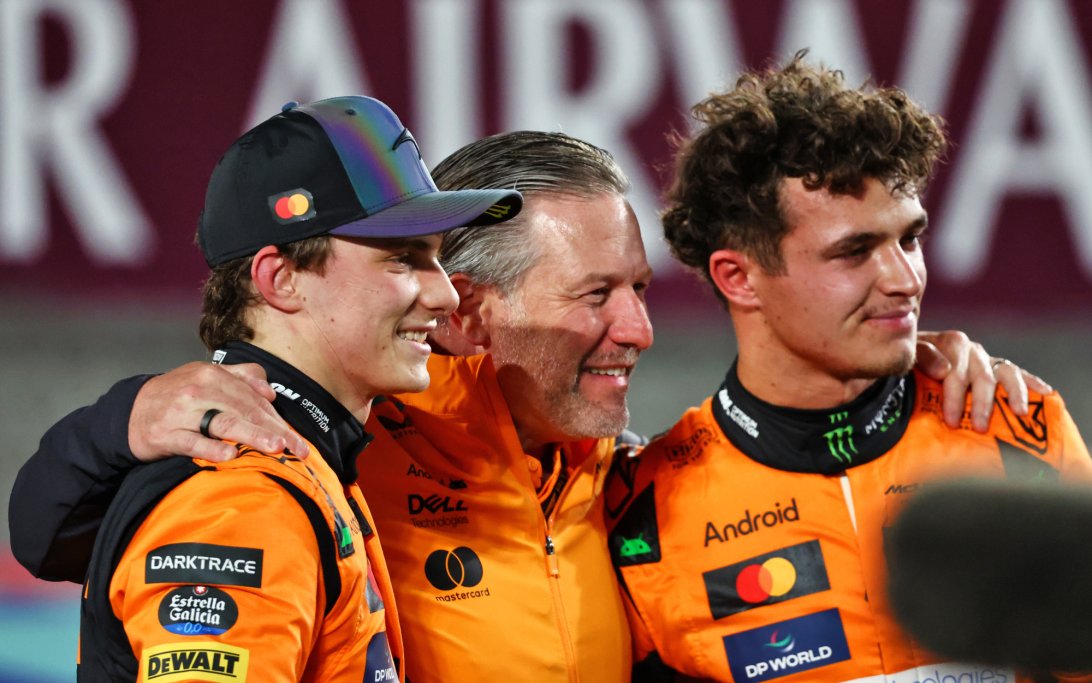

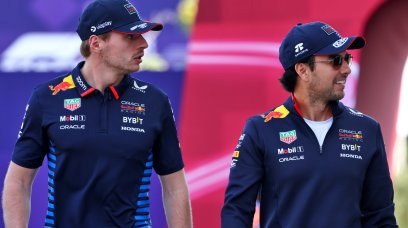
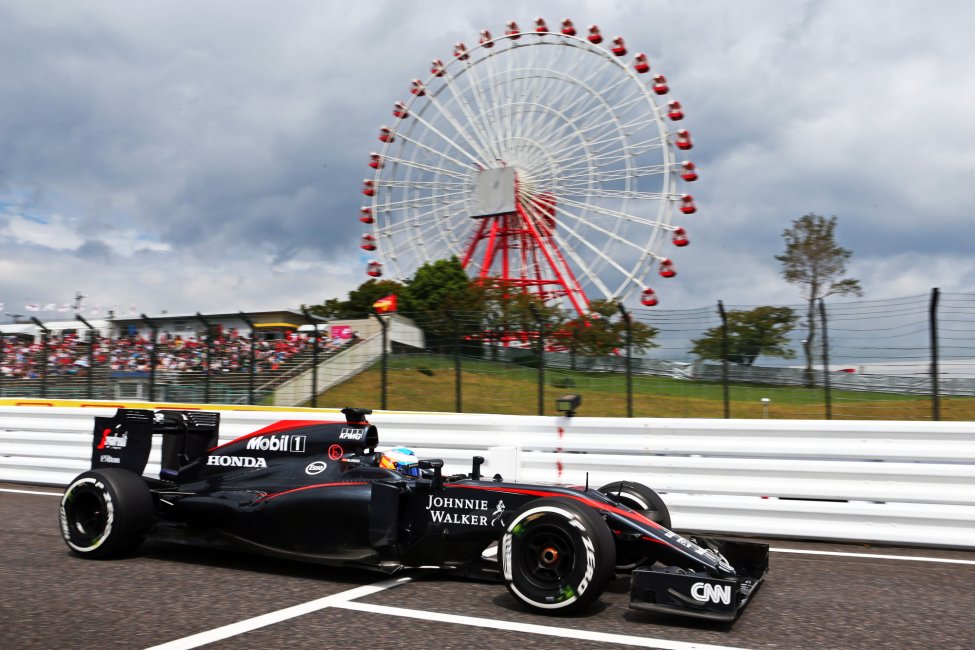
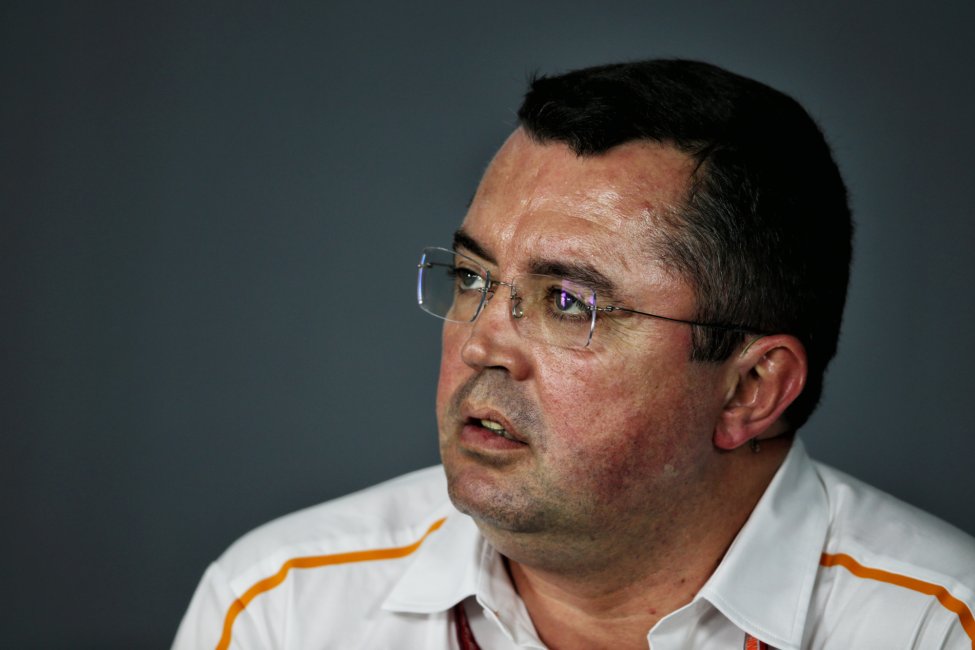
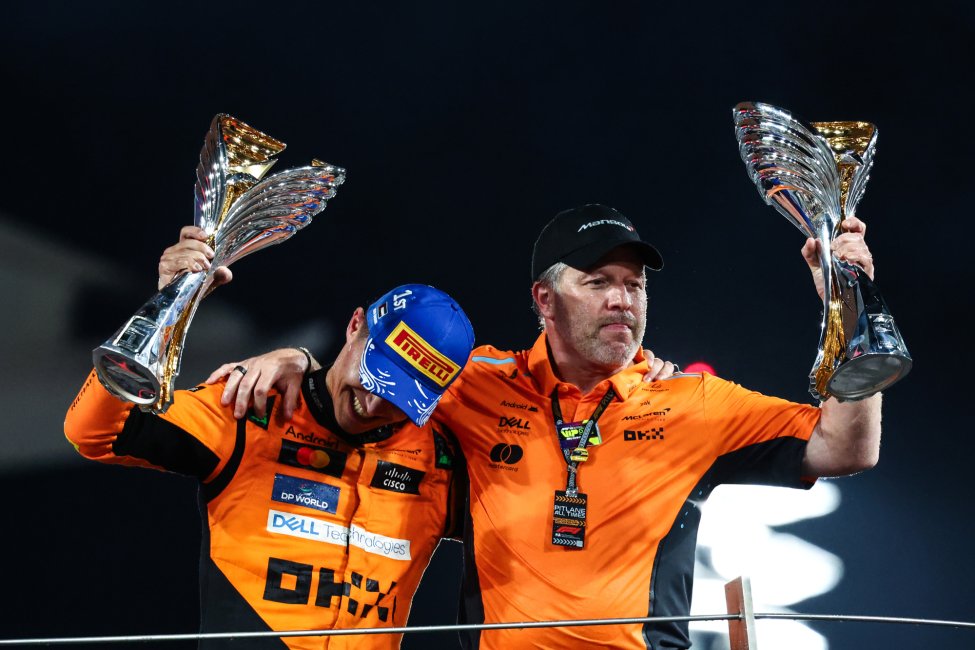



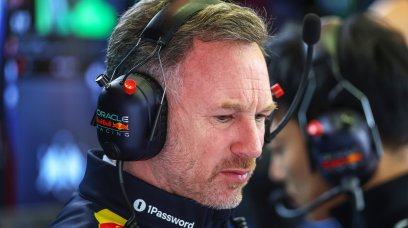
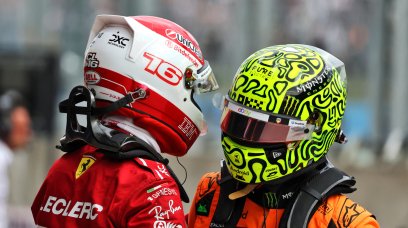
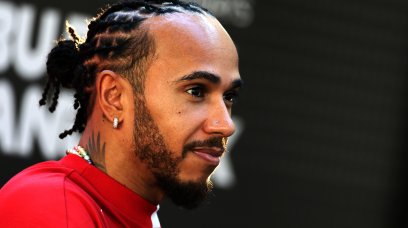
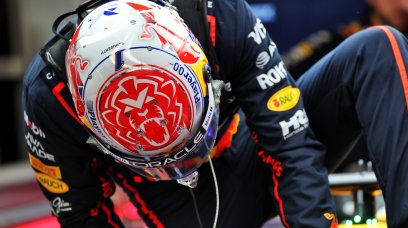
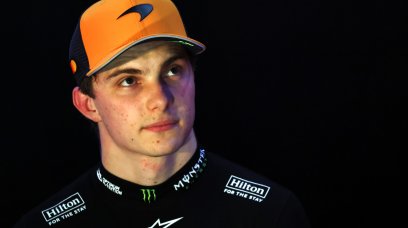
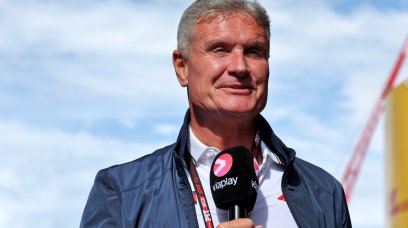
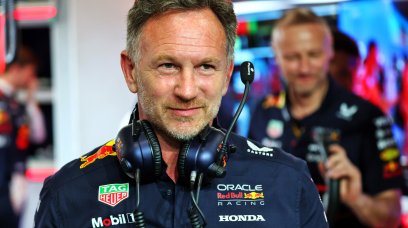

Join the conversation!